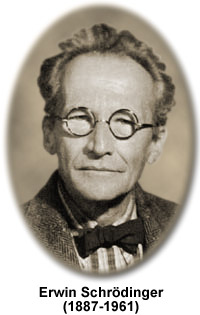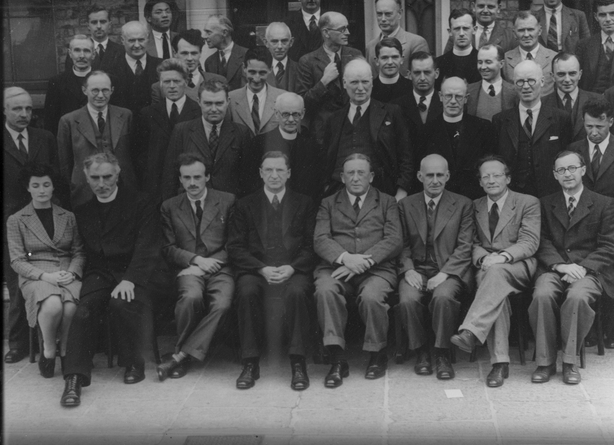
It says that rather than being in one place, an electron is located in a diffuse cloud of probabilities. Quantum physics replaces this picture with something alien to our sensibilities. This proposition, known as the wave-particle duality, opened up a Pandora’s box of arguments that challenge the nature of reality, even its very existence.Īccording to classical physics, microscopic particles like electrons are solid spherical balls of matter. Louis de Broglie, a French aristocrat, unified these views in 1924 with a bold suggestion that all matter exhibits wave-like behaviour. In 1905, Albert Einstein published his paper on the photoelectric effect, where he proposed that light is composed of tiny massless particles called photons. James Maxwell showed in 1865 that light could be modelled as electromagnetic waves.

Quantum physics took shape through several counterintuitive discoveries regarding the inconsistent behaviour of light. In the ancient Indian texts known as the Upanishads, they found echoes of their theories, and a philosophical foundation to ensure they would no longer be cast adrift by the implications of quantum mechanics. Indeed, they were faced with a personal dilemma: to believe a preposterous theory that worked or discard it for an intuitive theory that didn’t work.Īt this critical juncture, they discovered that their notion, that the world we see is not reality itself but a projection onto our consciousness, wasn’t completely new. Einstein, Bohr, Schrödinger, Heisenberg and others were deeply troubled by its implications.

The familiar classical picture of reality was being disrupted by one that seemed to be too crazy to be true, even as it explained numerous experimental observations that the former could not. This was a crucial moment in history, when physics was in a state of major upheaval. For example, it allowed electrons to tunnel through walls, particles to exist simultaneously in two places at once, black holes to evaporate, and information to be exchanged between observers faster than light.

However, these physicists and others would soon find that the newcomer, while opening new theoretical and technological vistas, also made some strange predictions. Some of the more well-known among these physicists were Einstein, Niels Bohr, Erwin Schrödinger and Werner Heisenberg.


 0 kommentar(er)
0 kommentar(er)
